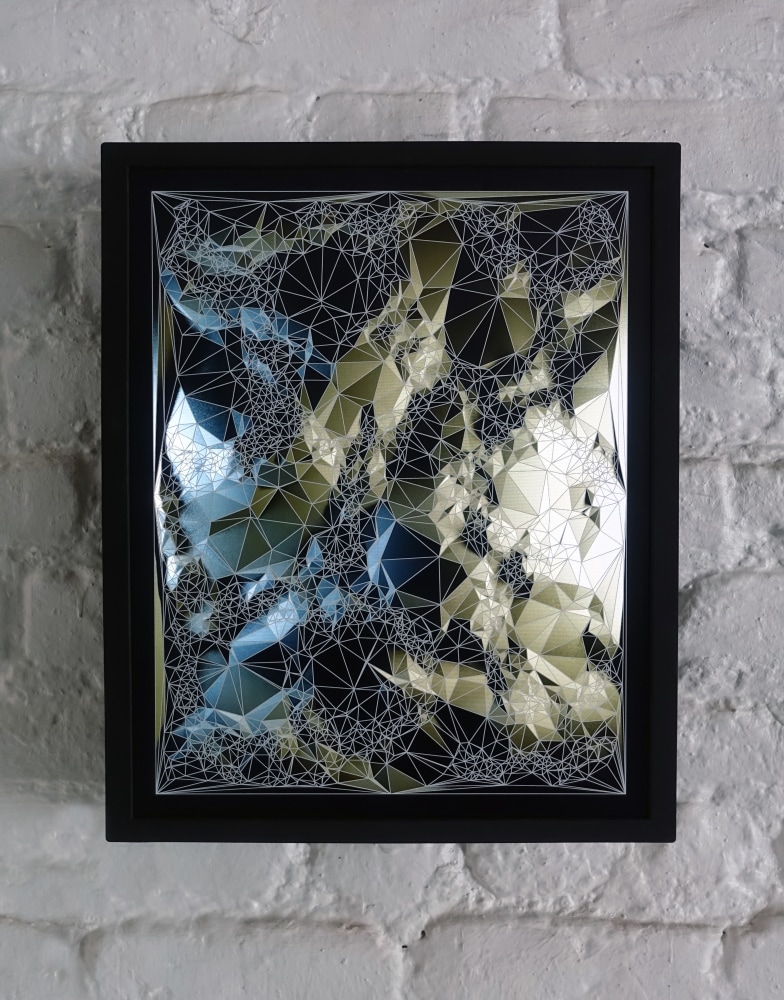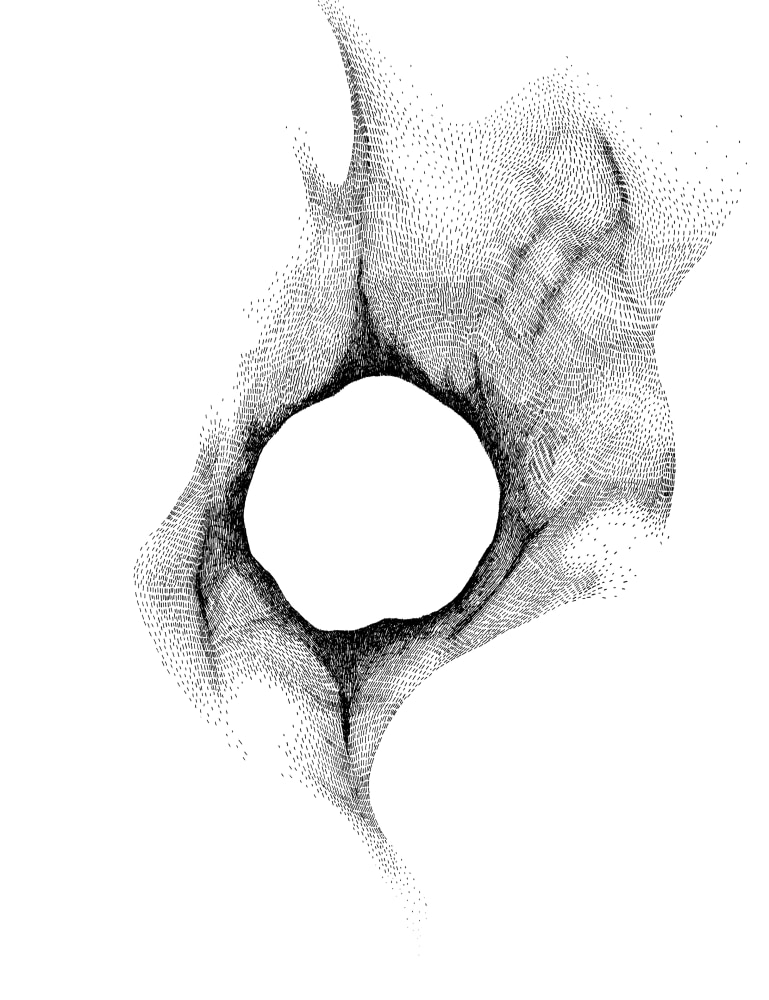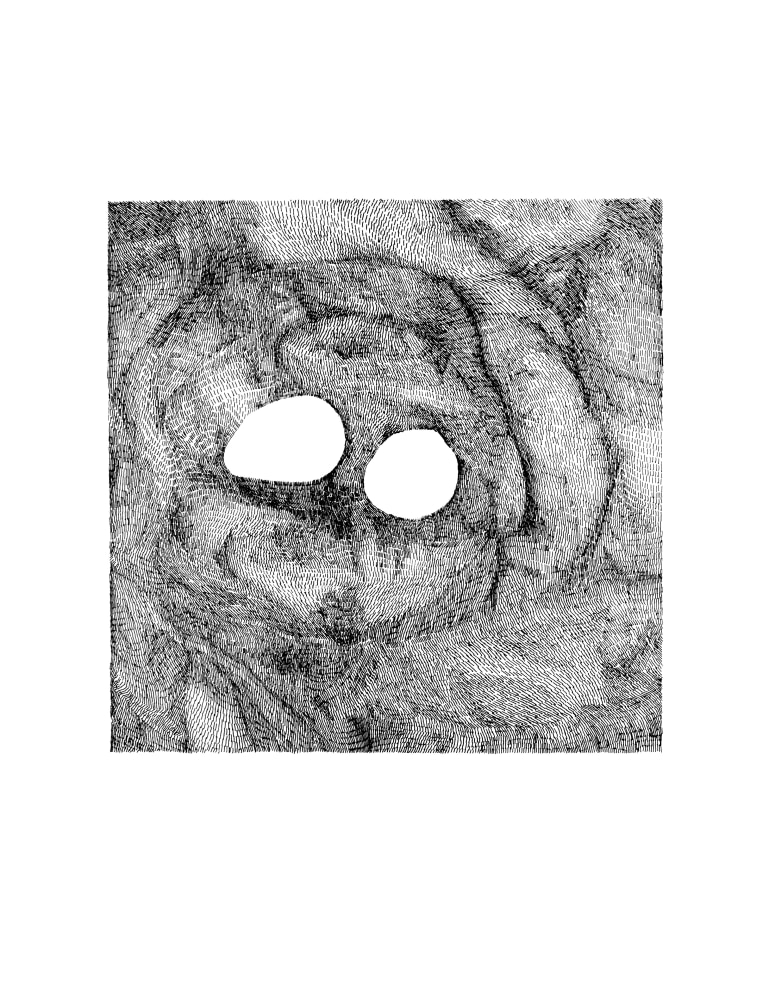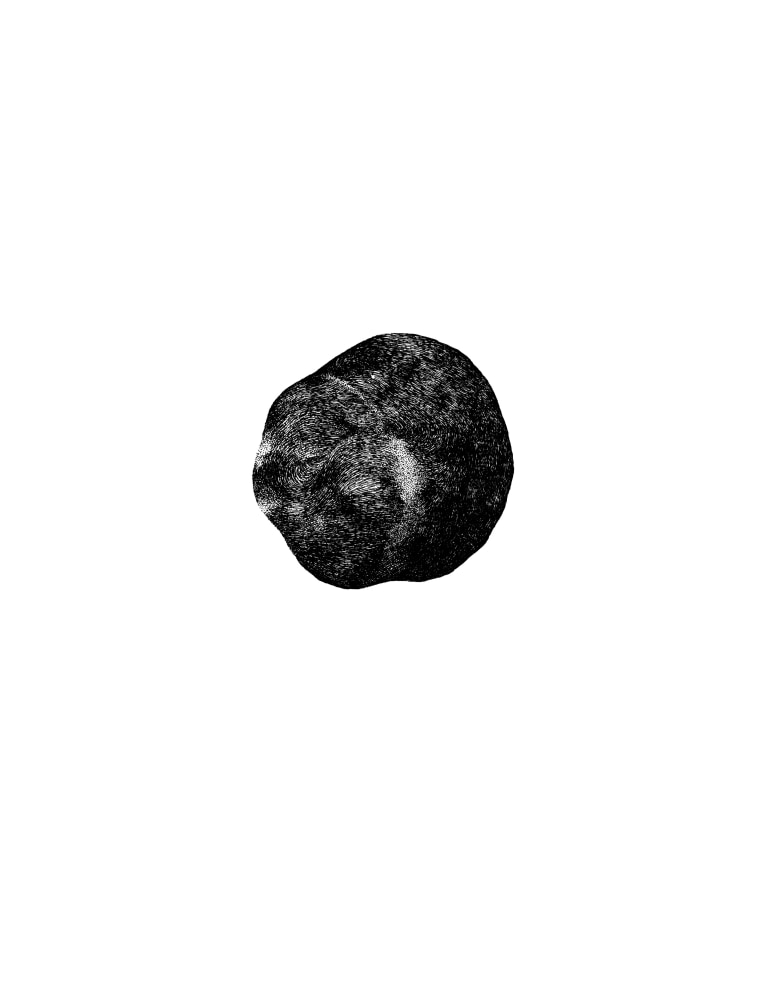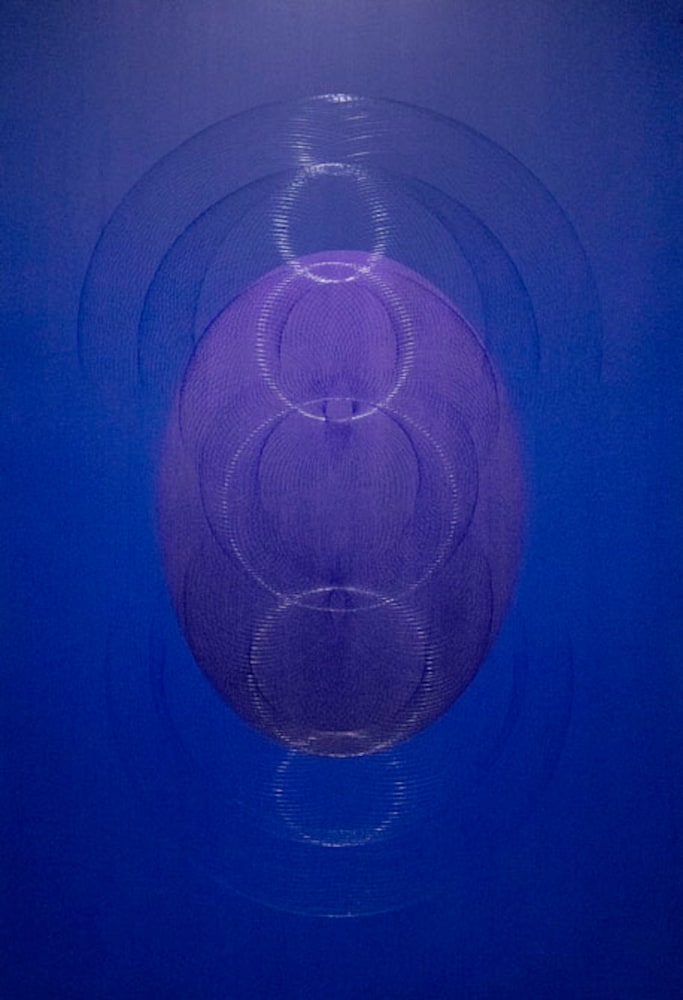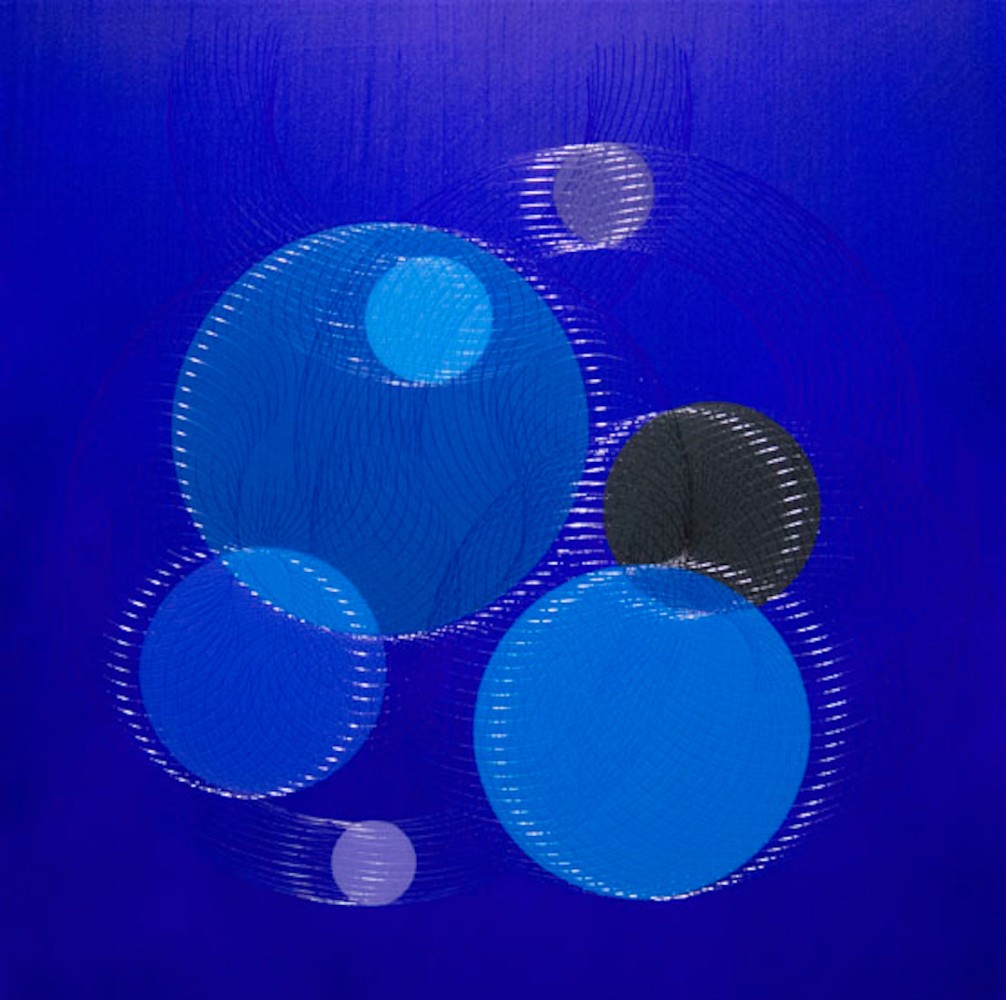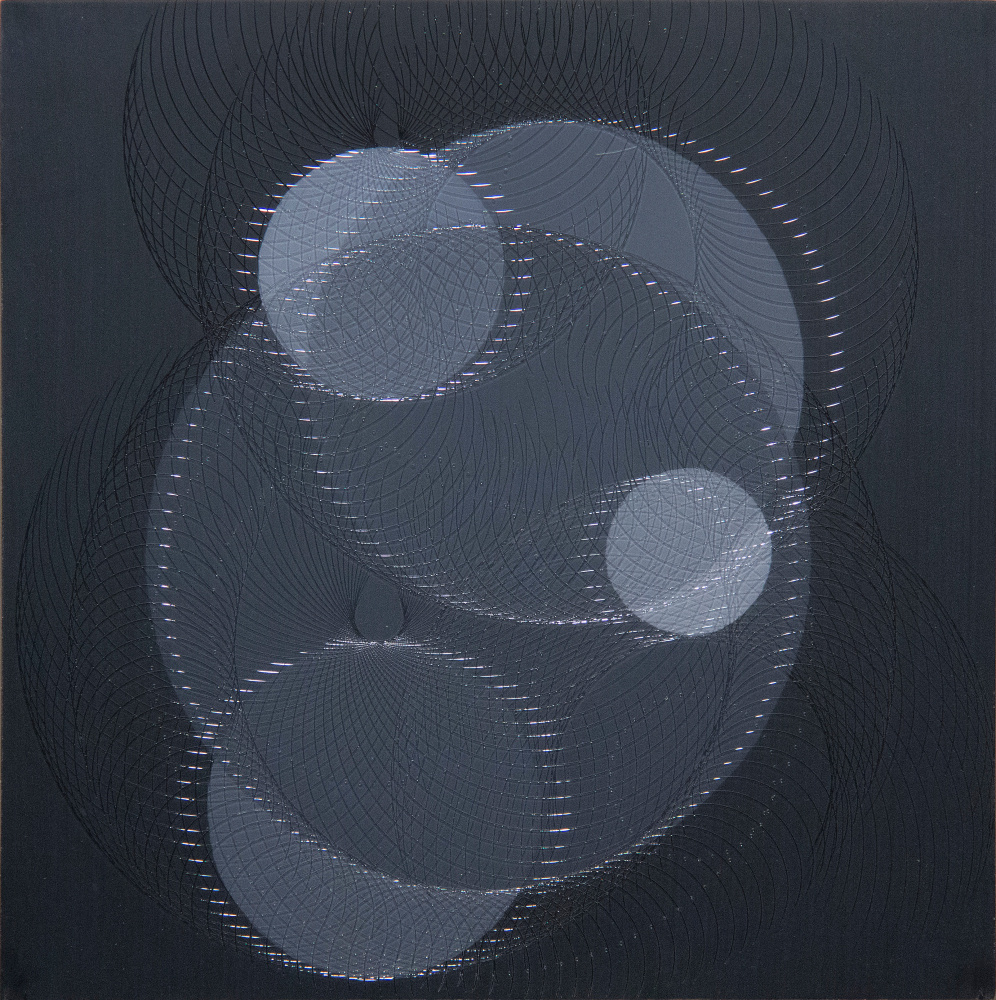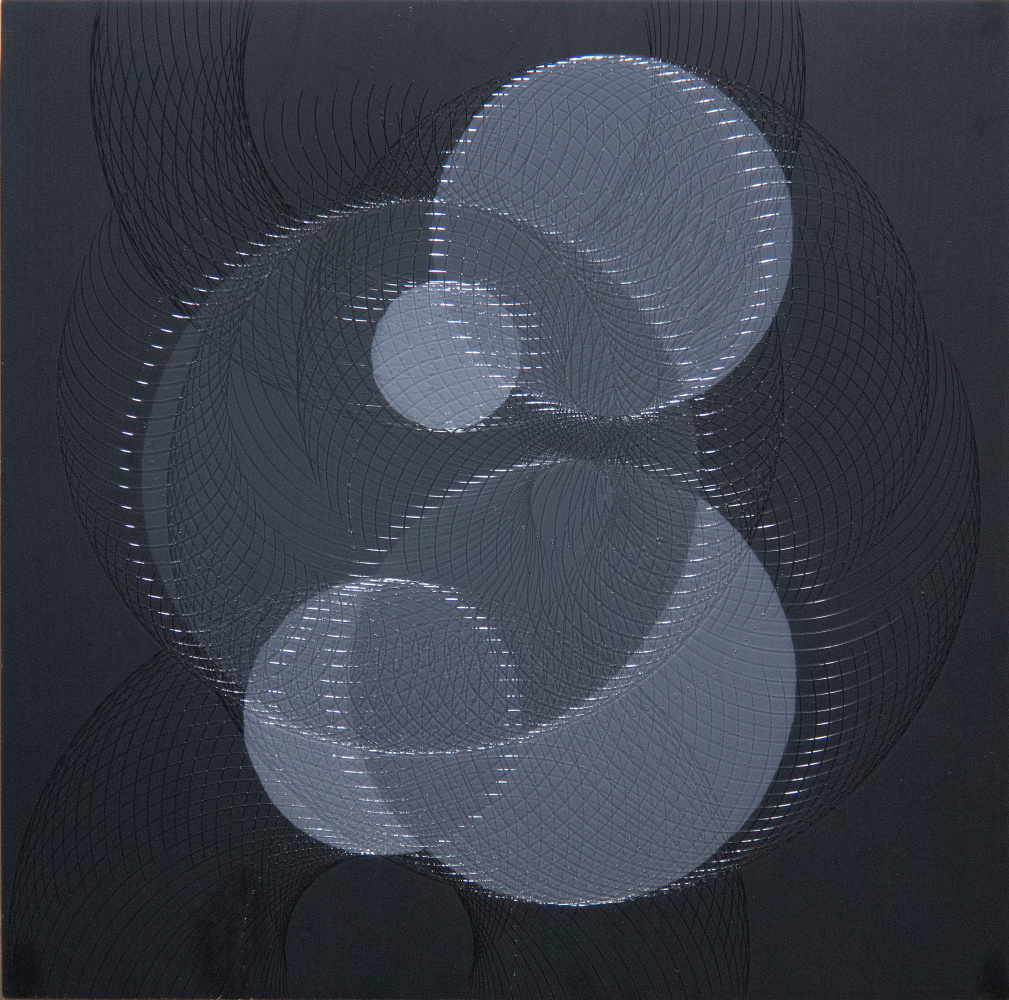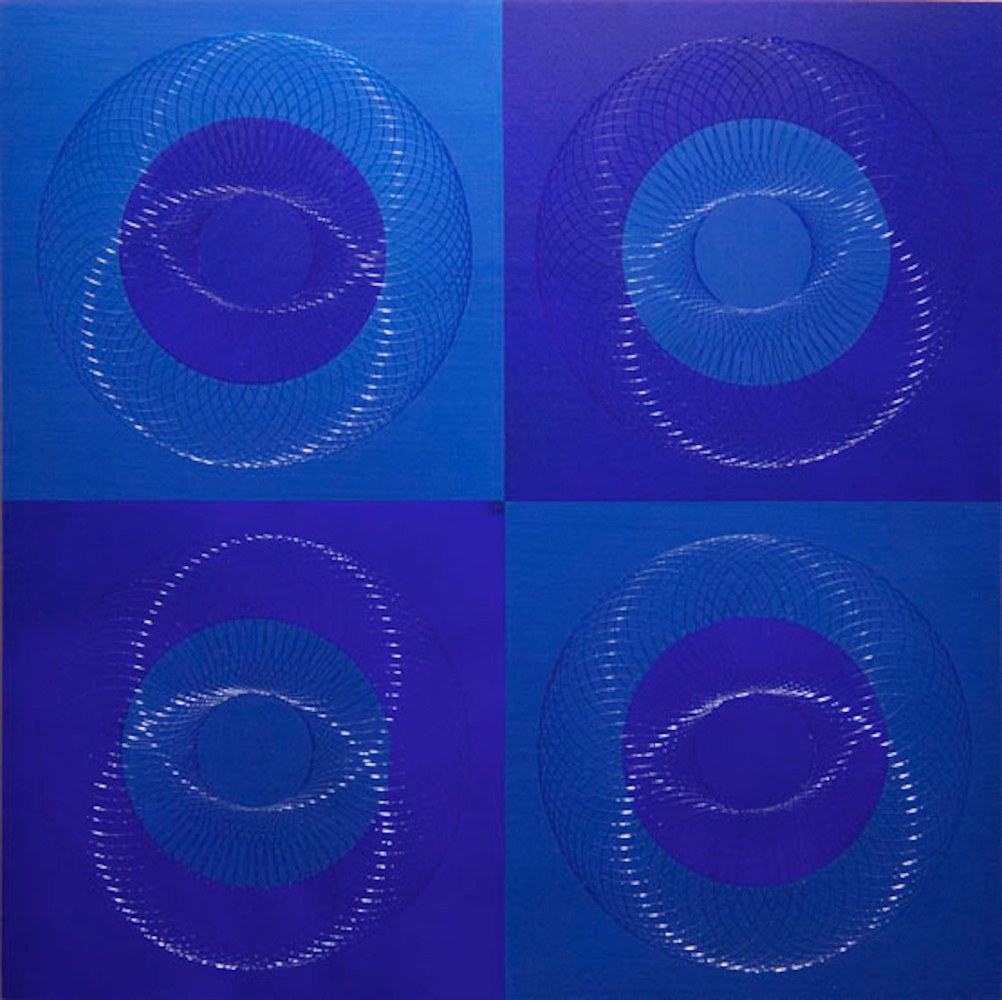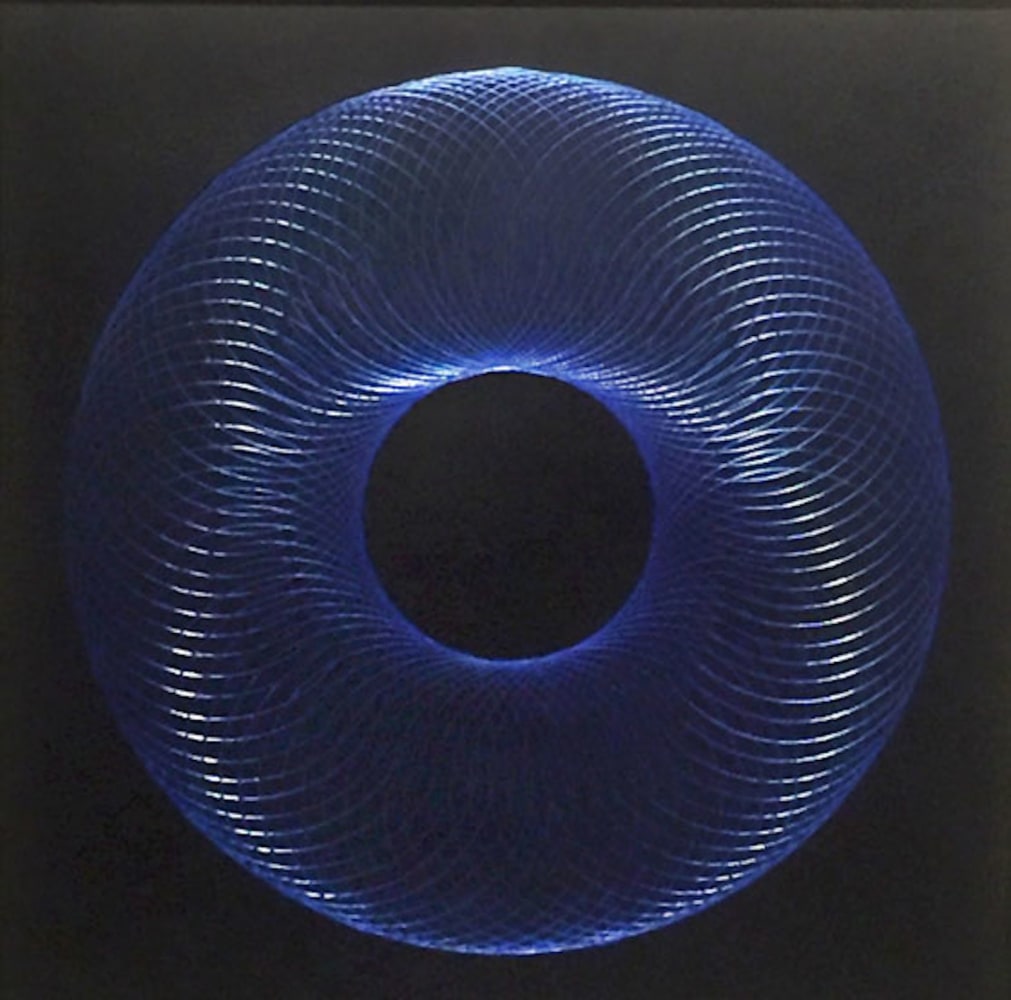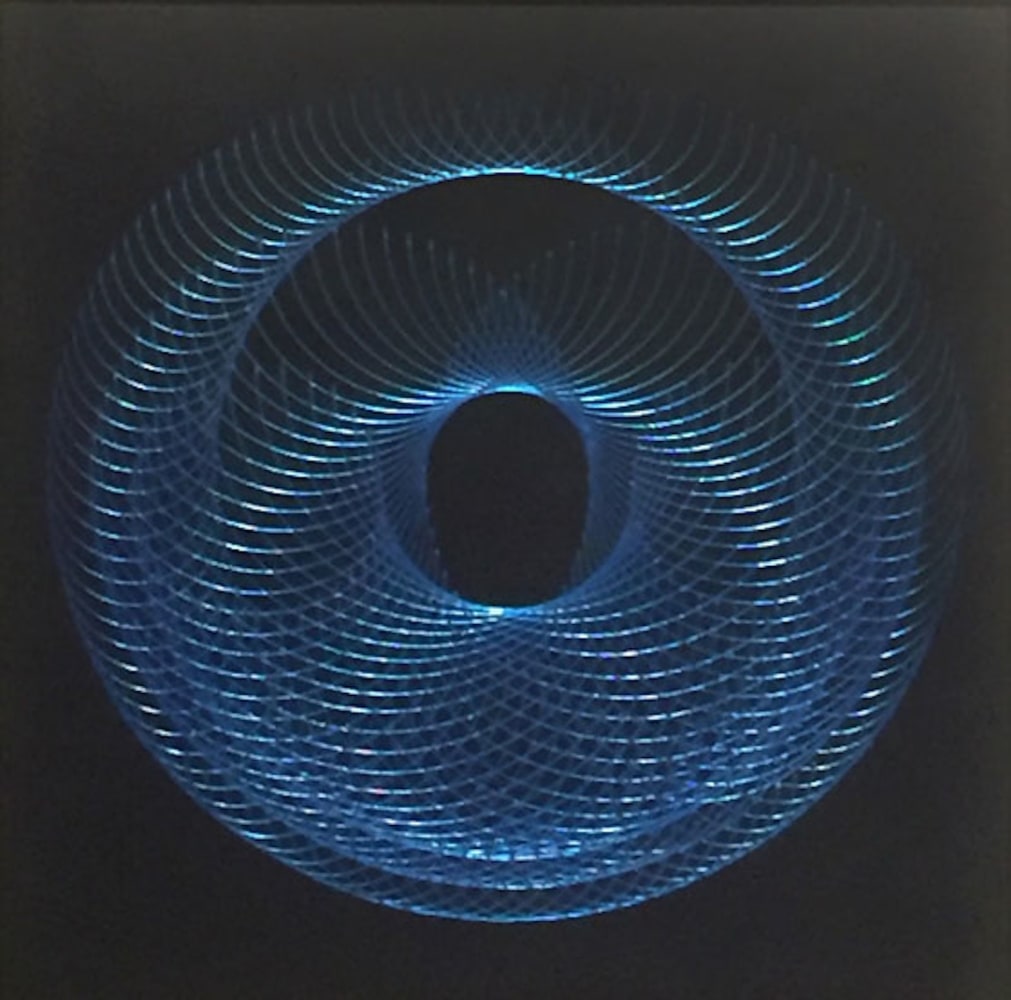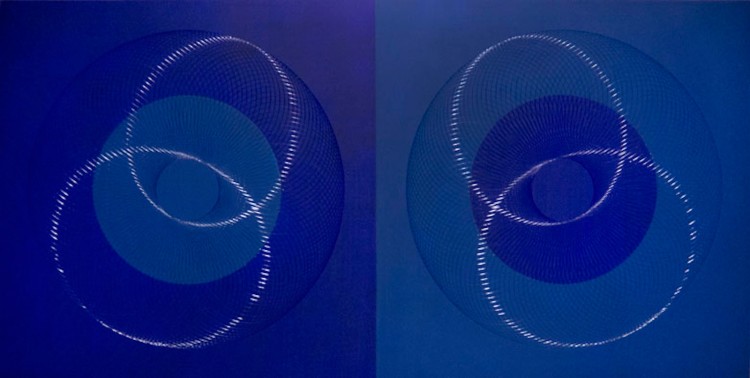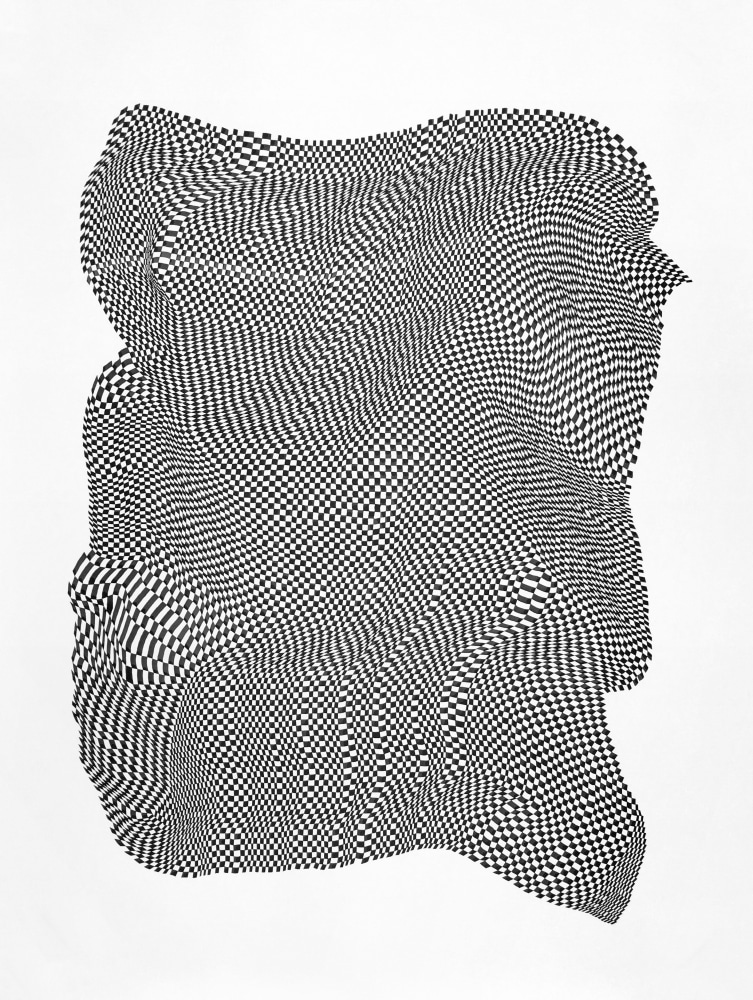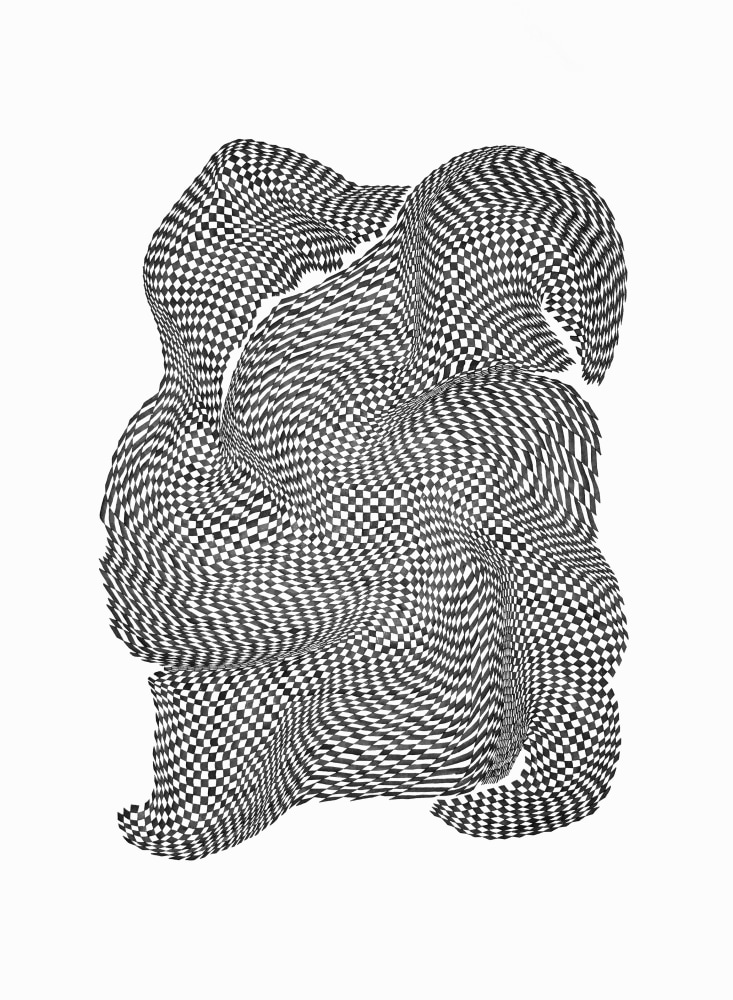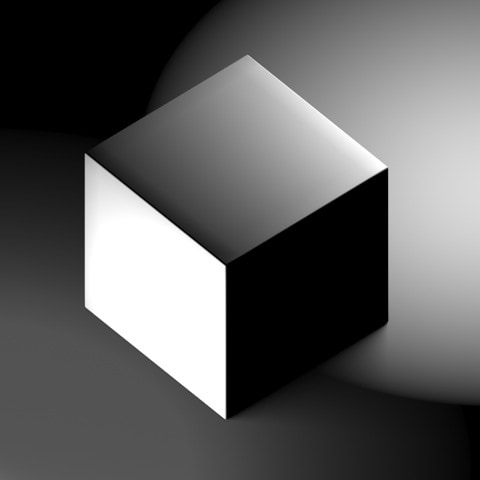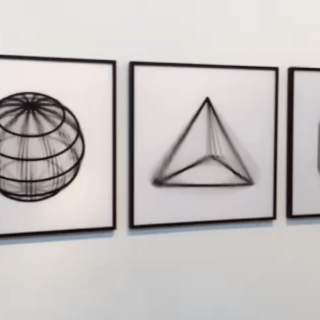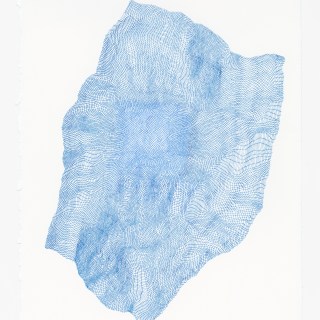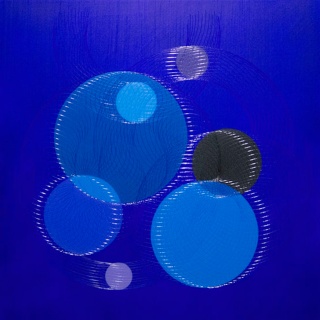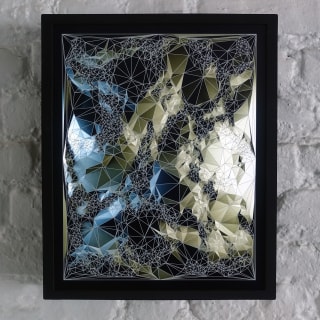
How can one present kinetic art through a still photo? A truly contemporary question within the art world, and one that proves it is best to experience kinetic art in person. All of the artists that are part of “it’s Just an Illusion” play with the idea of the moving piece. Some artists choose to morph their work through technology, using it as an additional medium to convert what you see before you. Other artists choose to play with traditional media within one physical piece of work in order to trick the eye.
Joanie Lemercier and Adrien M & Claire B both work from a physical tangible piece and use technology to augment reality. Lemercier uses a bright screen that is carved with a geometric drawing, where darkness and illumination alternate to create an immersive three-dimensional experience. Claire B. and Adrien M. also start with a static form, but enhance it through digital means. Their lithographic pieces live a life of their own, in what we classically consider reality, but once they are viewed through a smart phone or digital screen they are morphed. Some have rain droplets falling upon them, some manifest a tornado, all of them, though, trick your vision, which thus tricks your sense of reality.
François Wunschel and James Minden both work in a more traditional way. They maintain the importance of the physical canvas, so the illusion comes from within that canvas with no use of electric device. Wunschel uses lenticular prints, which are familiar from most of our childhoods, to keep a still image within his canvas, but allow it to move with the viewer’s movements. He need not use a external device to morph the work, as the morphing happens within the canvas. Similarly, Minden works with materials that naturally reflect light in a way that confuses the human eye. By placing a matte piece of plastic upon his painting and cutting into it, he exposes shiny new material that catches the light and creates silvery slivers dancing upon his painting. When the viewer moves, the work changes, and it all lies in the dance of the materials that creates 3D light drawings.
Dana Piazza's creates drawings, full of the illusion of depth, movement, and three-dimensionality. His highly obsessive ink drawings on paper are built upon algorithms, a set of instructions that details how he will draw each series. Different algorithms and geometric patterns result in multiple drawing series that appear divergent but all of Piazza’s work is focused on explorations of chance, discovery and time. Unintentional changes in the mark are inevitable and create distorted and moving images that almost appear as 3D rendering.
This exhibition will be on view until January 20, 2018

